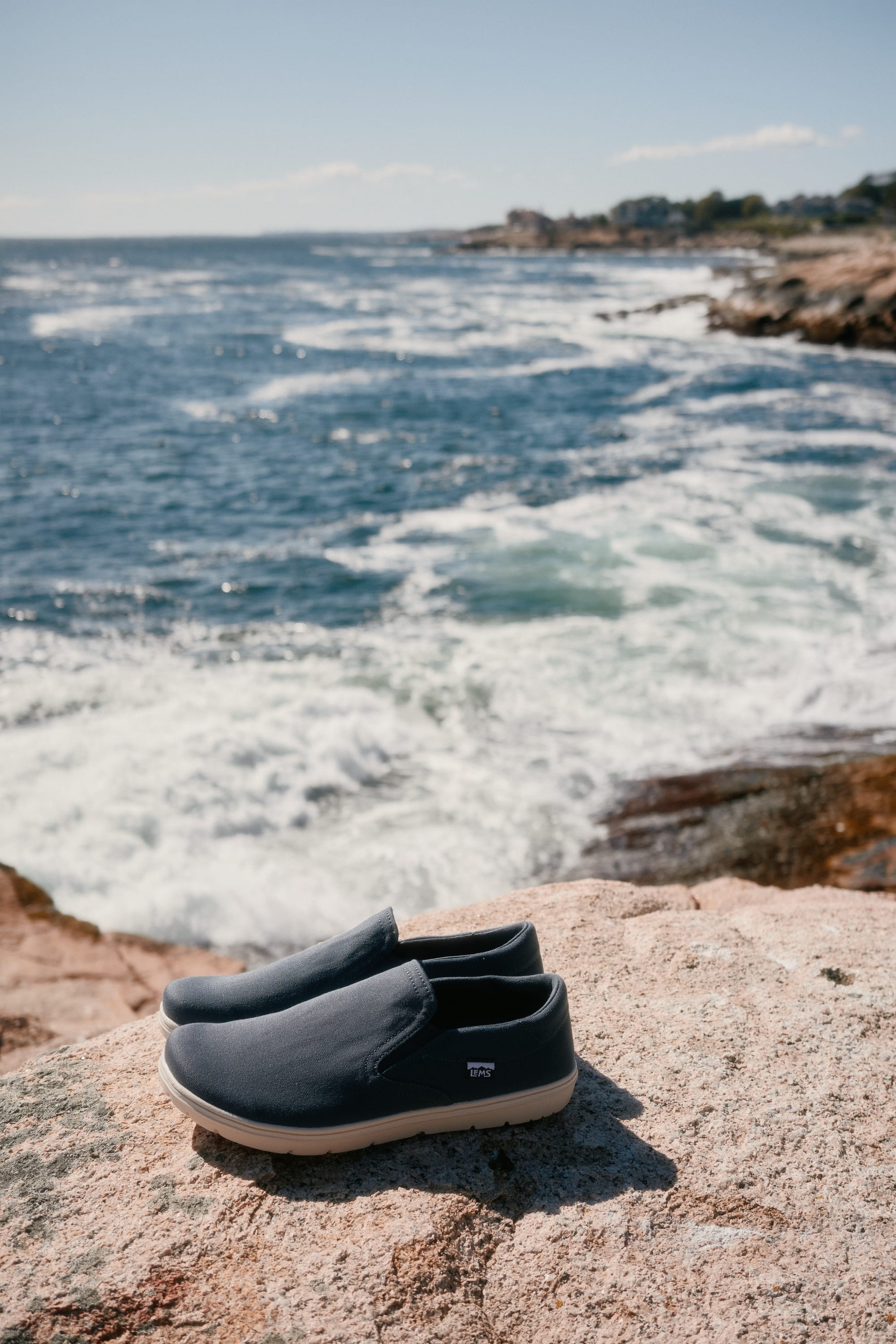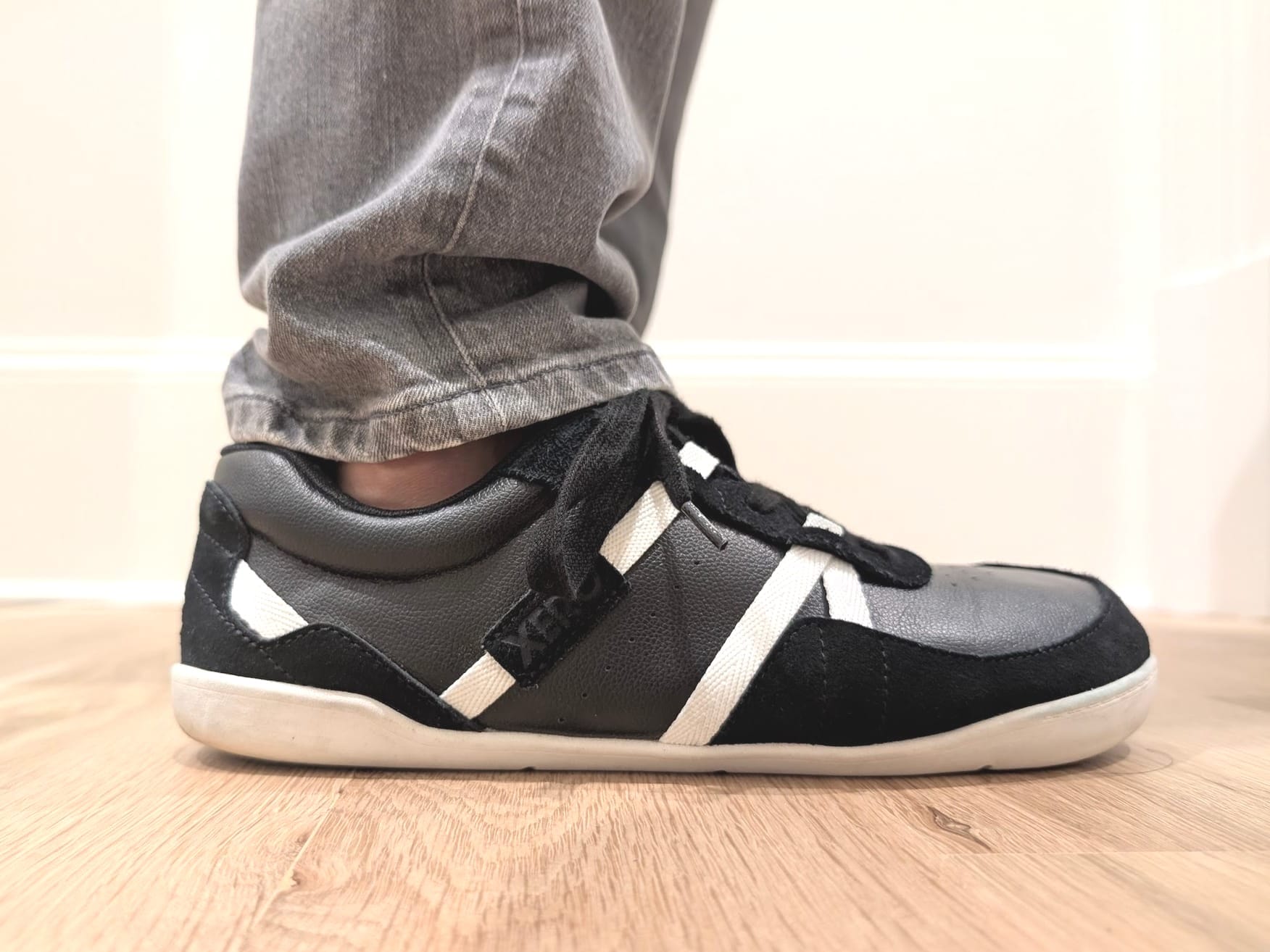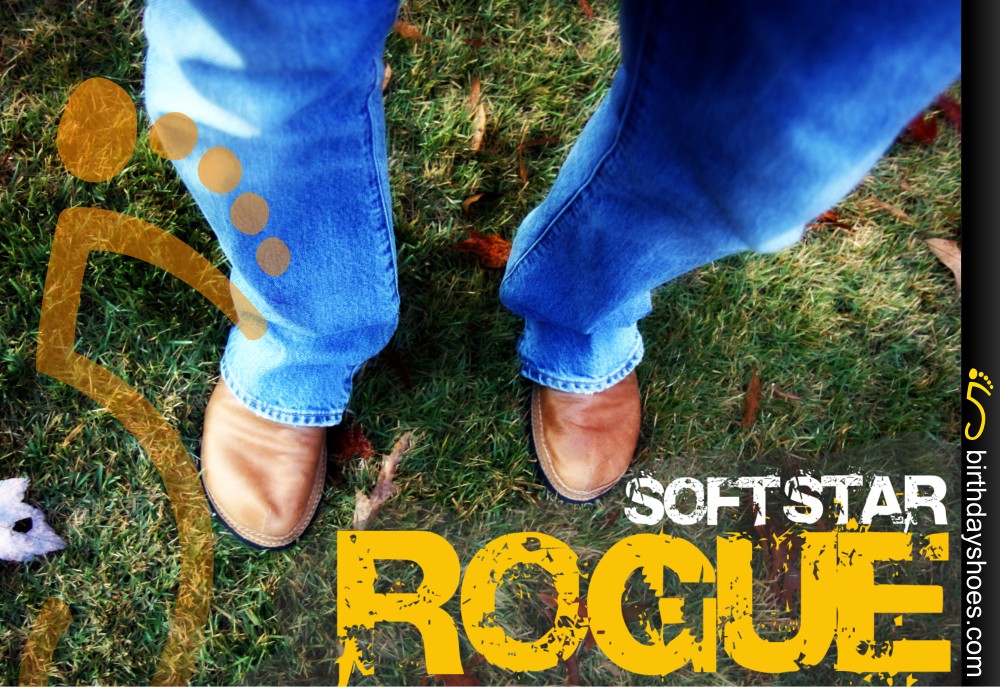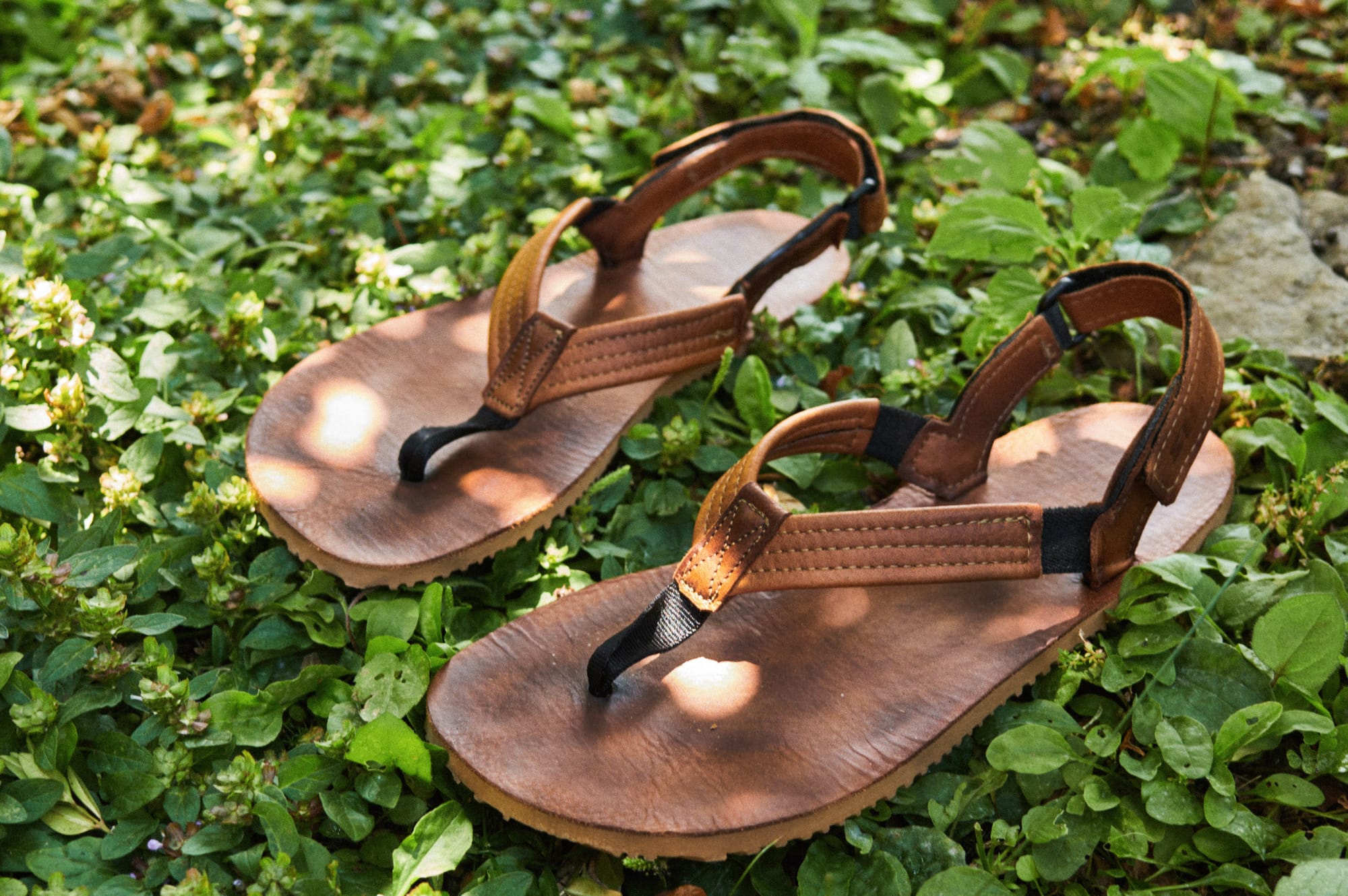Vibram FiveFingers Injury Study Confirms the Body Needs Time to Adapt
A new study Foot Bone Marrow Edema after 10-week Transition to Minimalist Running Shoes appears in the recent Medicine & Science in Sports & Exercise. In the small short duration study researchers divided young (ave age 26) recreational runners…

Below is a guest post by Dr. Mark Cucuzzella, runner and founder of Two River Treads, and winner of the 2011 Air Force Marathon.
Dr. Mark talks about the recent study into "bone marrow edema" injuries in runners transitioning to minimalist shoes (like Vibram FiveFingers). He provides important counterpoint and consideration that went missing from articles like the one seen over at Runner's World.
A new study Foot Bone Marrow Edema after 10-week Transition to Minimalist Running Shoes appears in the recent Medicine & Science in Sports & Exercise. In the small short duration study researchers divided young (ave age 26) recreational runners (ave weekly mileage of 15-30) into two groups. These runners were all running in traditional shoes with no prior experience in FiveFingers (and we assume barefoot or other true minimalist shoe) and none had significant injury in the six months before the study. The first group continued their normal training in their conventional running shoes. The other group continued their normal training and added some of their running in Vibram FiveFingers.
A Runners World on-line article appeared with this bold main title: Study: Vibram FiveFingers Lead to Greater Risk of Foot Bone Injury. A smaller font with no bold subtitle appeared: More evidence supporting a gradual transition to barefoot-style shoes.
I agree with the subtitle.
As a background I am a physician, minimalist runner, and own a running shoe store selling only minimal drop shoes (www.tworivertreads.com). We have transitioned 1000’s of runners into flat footwear safely over the last 3 years. For most who have years in traditional shoes it takes months , even years , to be able to do the majority of running in FiveFingers. We have a safe transition page on our site.
No runner should be advised to run in FiveFingers unless an assessment of strength and mobility is performed and a focus is turned to improving form. If you do not have a skilled person to assist you, we have self-assessments on Stability and Mobility and Form on our site.
Some important points to consider before agreeing with the Runners World main title that FiveFingers lead to injury.
- First, shoes do not cause injury. Running causes running injury.
- The attrition is 7 out of 36 (19%). This is high for a small study.
- From the article: “some subjects stopped logging their runs prior to the 10th week of training and 4 of the 19 Vibram subjects did not document their training at all.” So we have no clear idea how these runners were transitioning.
- From the article: “Although the original intention of the study design was for all subjects to have completely transitioned to VFF running shoes by the end of the 10 weeks of training, this did not happen for the majority of subjects.” In my opinion no coach or advocate of minimalism would ever suggest a runner completely transition to FiveFingers in 10 weeks if coming out of a traditional shoe.
- From the article: “Seven subjects ran their maximum mileage in VFF prior to or during week 4.” This is called Vibram Exuberance syndrome (thank you Barefoot KenBob for this term) . Likely these runners felt a decreased effort or increased pleasure in running but their bones may not have made full adaptation.
- The weekly mileage of the groups differ. The traditional group run more with no explanation. Maybe they were training more even before the transition? Maybe they where less limited? There is no information about the group comparison before the study start (mileage, years of run, more detailed histories or assessments of strength/function).
- From the article: “the two individuals that suffered stress fractures reported perceived pain scores of 2 and 4 out of 10 during running, while some other runners without injury reported higher pain levels.” An important unknown here is what level of edema is a positive adaptation vs. overuse. Bones will adapt if the stimulus is gradual. While we all agree that overload on an unadapted tissue contributes to injury, lower levels of edema can also signal active remodeling and may not be a sign of injury but rather bony adaptation.
- The transition protocol used in this study was modeled from suggestions for transitioning to VFF published on the Vibram FiveFingers website in January 2011. The suggestions on the website have changed since then based on Vibram’s concern for healthier running and activity in their footwear. Vibram FiveFingers were not marketed or advertised as running shoes in the early years and runners started discovering them and on their own made the change with little guidance. With the assistance of an expert panel, Vibram created a state of the art Education site in early 2012. The runners in this study followed none of the barefoot training as far as we can tell. Most of the barefoot training occurs apart from the running. (See here)
A few thoughts before we draw any real conclusions from this small study.
- If you ask a traditional shod runner to go straight into running in minimal footwear, without strengthening the muscles of the foot or addressing form, you are asking for an injury. Traditional shoes with support and heel elevation can decondition the foot and promote muscle imbalance. The foot must be retrained and the protocol did nothing to assist foot retraining. These runners did NOT follow the 10% rule in increasing mileage either.
- The study shows that there is a training stimulus to the bone if you wear FiveFingers and no training stimulus to the bone if you wear normal running shoes. Runners in traditional shoes get stress fractures frequently. If a training stimulus is above the capacity to adapt, the tissue will break down. If the training stimulus is correct, the bone will strengthen. If any tissue takes excessive loads, or no rest days, I would expect to see an injury with accompanying inflammatory markers such as high grades of edema.
- A 10-week study of less than 20 runners in each group with close to 20% drop out and poorly documented logs? This should say enough.
- The title of the Runners World article is misleading. Wearing Vibrams or any minimalist shoe is not the cause of injury. It is the hurried transition out of traditional running shoes. One must include strengthening foot, ankle, and calf muscles, along with a change of form in the transition.
- As a Runners World guest commented; “The proper way to set these experiments up would be to use NON-RUNNERS and have half run in conventional shoes, and the other in Vibrams and see how many develop injury. That way both groups are truly starting from zero, and neither group has an advantage over the other. Second, are both groups being taught the proper form for each shoe? I highly doubt it.”
So get stronger and healthier, run in better form, walk all day in minimal shoes, and gradually adapt to flatter and more minimal footwear as your body adapts.
Note: here is our previous coverage of the transitioning to FiveFingers/injury study.




